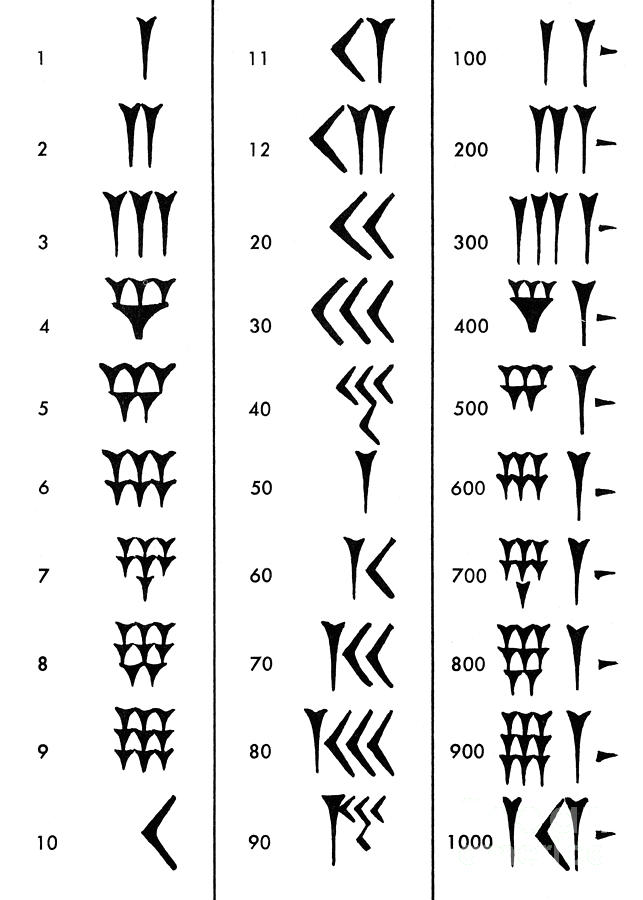

In this paper we consider a different educational perspective, whose primary aim is to provide children with appropriate mental scaffolding for computer science concepts and methodologies, many of which will be learned only later. However, in our view the importance of such operational abilities has been overstated, whereas the underlying learning objectives and the actual impact on children's intellectual development are still to be clarified. Informatics education at the lower school levels is customarily interpreted as dexterity with the ICTs. Finally, we develop the model of the neural representation of geometric objects in Euclidean geometry. We then propose a related model for the earliest form of pure geometry-that of Hippocrates of Chios. We will present a tentative model of the neural representation of geometric figures in ancient Greek practical geometry. Our models are based on the hub-and-spoke theory. This will enable us to have an understanding of geometric objects in terms of a neural model and in relation to neural models of geometric figures.

For that, we address the change from practical to pure geometry, proposing models of the neural representations of geometric concepts for each of these practices. To arrive at a coherent model, it is necessary to consider earlier forms of geometry. Our interest is to develop a model of the neural representation of abstract geometric objects in the Euclidean practice. In the present paper, we develop a tentative model of the neural representation of geometric concepts for that we adopt an interdisciplinary approach bringing together elements of the history of geometry and the cognitive neuroscience of semantic cognition. Concerning pure geometry, it is basically terra incognita. Geometric cognition is still poorly understood. Islamic scholars also made remarkable advances in philosphy, mathematics, the natural sciences, engineering, medicine and the arts advances that laid an important intellectual foundation for the western scientific revolution. For example, it was the Sumerians who gave us the earliest forms of symbolic language the Babylonians who contributed to early forms of mathematics, astronomy, philosophy and the arts the Persians who developed orderly government, complete with centralised administration, systems of communication and transport Ancient Greece gave us the first pre-industrial economy along with remarkable advances in philosophy, government, law, literature, astronomy, mathematics, medicine, technology, art and systems of education the Roman Empire developed Republican government along with advances in law, economics, architecture, engineering, literature, education, medicine and the arts while finally, scholars of the Islamic Golden Age provided a linguistic bridge for the transfer of learning from Antiquity into Turkish, Hebrew and Latin languages.

The varied contributions of these scholars laid the foundations for the western scientific revolution. © 2005 by World Scientific Publishing Co. At the same time, comparisons of a large number of individual Egyptian mathematical exercises with Babylonian parallels yield many new insights into the nature of Egyptian mathematics and show that Egyptian and Babylonian mathematics display greater similarities than expected. In this book, it is shown that the methods developed by the author for the close study of mathematical cuneiform texts can also be successfully applied to all kinds of Egyptian mathematical texts, hieratic, demotic, or Greek-Egyptian. In contrast to this Egyptian mathematics is known from only a small number of papyrus texts, and the few books and papers that have been written about Egyptian mathematical papyri have mostly reiterated the same old presentations and interpretations of the texts. Mesopotamian mathematics is known from a great number of cuneiform texts, most of them Old Babylonian, some Late Babylonian or pre-Old-Babylonian, and has been intensively studied during the last couple of decades.


 0 kommentar(er)
0 kommentar(er)
